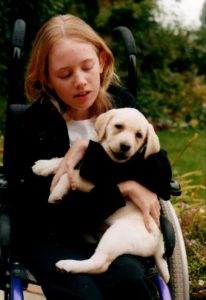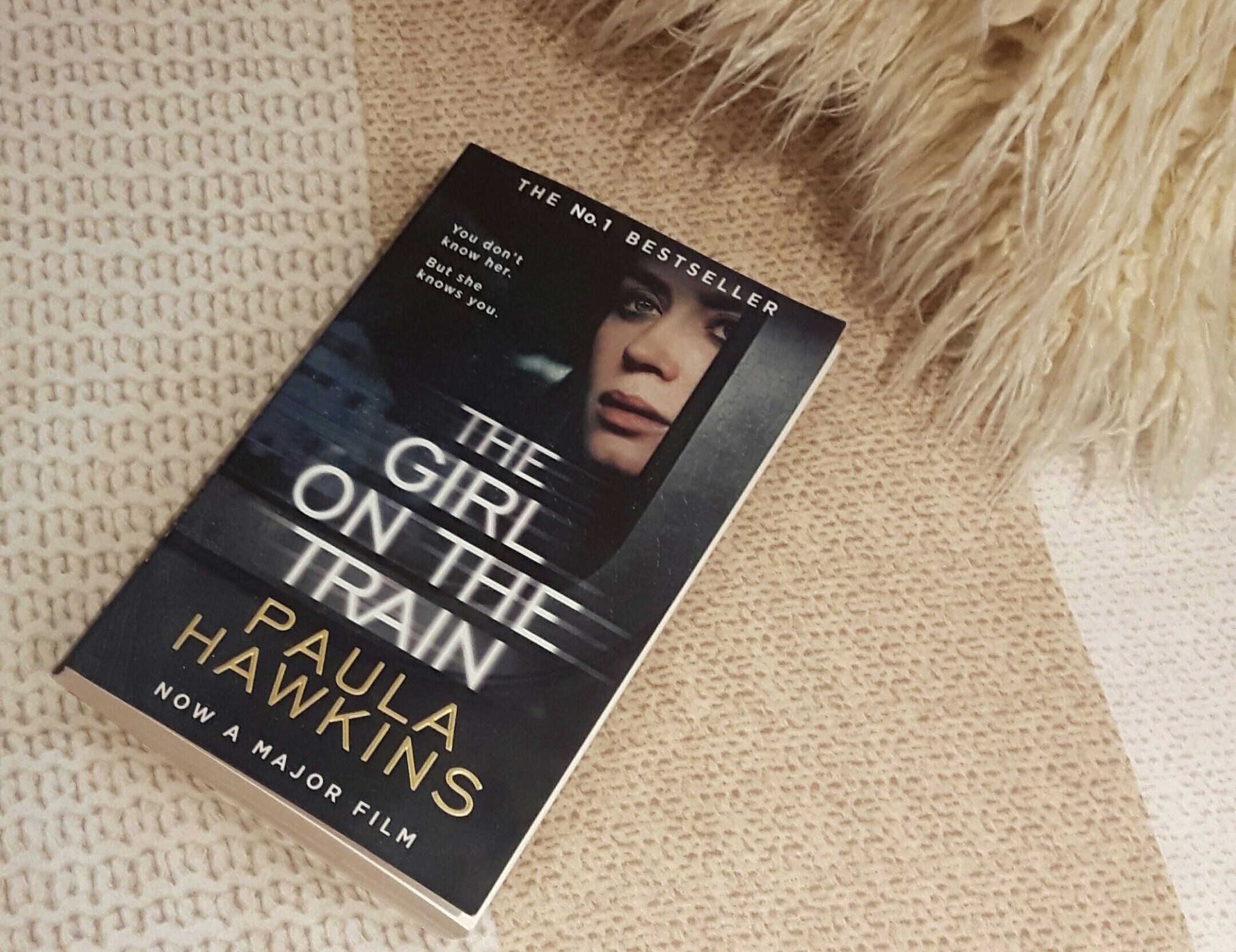Hey folks, I hope you’ve all had an amazing Christmas and New Year. If not merry, I hope it was at least peaceful.
I thought I’d start 2017 on a positive note by reflecting on the past year and all the things I’m thankful for. Now I’ll be honest, I’m not a naturally optimistic person. I can be a right grumpy bint at times. But I’m trying to, as they say; look on the bright side of life. After all, negativity only leads to bitterness and however wronged you may feel at times, believe me life is far too short for bitterness.
2016 has been a fairly uneventful year for me. There have been ups and downs but for the most part it’s been significantly better than previous years. It’s the little, seemingly insignificant things that I’m most grateful for.
To put it bluntly, my twisted body is a bit of a bastard and does not allow me the support I need to function fully. However, it’s dainty and lightweight, making me easy to chuck around, which I am regularly. For this I am fortunate as my petite stature allows greater and easier mobility. Had I followed my 6’4” older brother for height, life would undoubtedly have been far more difficult practically speaking.
Apart from a cold in June just before my week-long holiday to Spain, I haven’t been worryingly ill since summer 2015. During that period I spent over 8 weeks sat in an armchair in the living room, unable to go to bed or lie down due to a severe chest infection and subsequent pleurisy. I was a mess! From the beginning of May to the end of July I didn’t leave the house once, except for a trip to the hospital for tests. But let’s not dwell on that upsetting and difficult time…
The trip to Salou in Spain, was a much needed retreat from the monotony of everyday life. I holidayed with my parents, which obviously isn’t the dream, but fortunately we have a great relationship and so we muddled along nicely. It’s rare that I travel since I find it so difficult with the severity of my disability; therefore the sun, sea and sand was all the more appreciated.
Although we have our inevitable squabbles, my family are the best I could wish for. However, through talking with others in a similar position, I’m increasingly aware of those with disabilities who do not have the support of relatives. Consequently, they may feel lonely, isolated and unloved. Without family members to rely on, they are dependent on paid assistants to provide their personal care. Though I do employ two PAs myself, my parents remain for now at least my primary caregivers. A small, tight-knit family, we laugh a lot and perhaps most importantly we are comfortable in each other’s company. It’s only when I consider how different life could have been had I been born to different parents, that I realise just how lucky I am.
In spring 2016 I hired a new PA after my carer of eight years had to leave for personal reasons. As many of you will empathise, the recruitment process can be a stressful one. Adapting to yet another stranger providing your personal care is uncomfortable and unnatural but thankfully for me this particular transition was relatively trouble free. I won’t lie, it took a while to adjust and establish a new routine that worked for us both, but we get on well and she fits into our household effortlessly.
On the topic of family, ours would not be complete without our aging black Labrador, Millie. I have never known life without a pet. At one point we had four dogs and two cats living with us. Yes it was a little chaotic at times but always the best kind of chaos. I wouldn’t have changed it for the world.
Millie turned thirteen on Friday 30th December and is now depicting all the signs of senescence. Currently our only pet, she has been with us from birth since her mother, a golden Labrador, also lived with us. A great comfort especially in times of distress and frustration, I will be distraught when we do lose her. I’m therefore extremely thankful that she is still with us, as she is an invaluable source of company and happiness.
Finally, I’d like to acknowledge my blog. It’s a relatively new venture, having only begun in October. But to my surprise and delight, I’m already reaping so many rewards. I have been introduced to people from all over the world who empathise with my thoughts, feelings and experiences regarding life with muscular dystrophy. I have also received positive feedback from complete strangers which has thoroughly boosted my confidence and determination.
I’ll admit I was at first somewhat reluctant to attempt blogging and spent several months debating whether I should. It was only the persistent encouragement from friends that convinced me to finally give it a go. And so it is to all my friends, both old and new, that I owe my final thanks of the year. I hope these alliances will continue to strengthen throughout 2017 and that I may meet more likeminded individuals. Here’s to the New Year…












